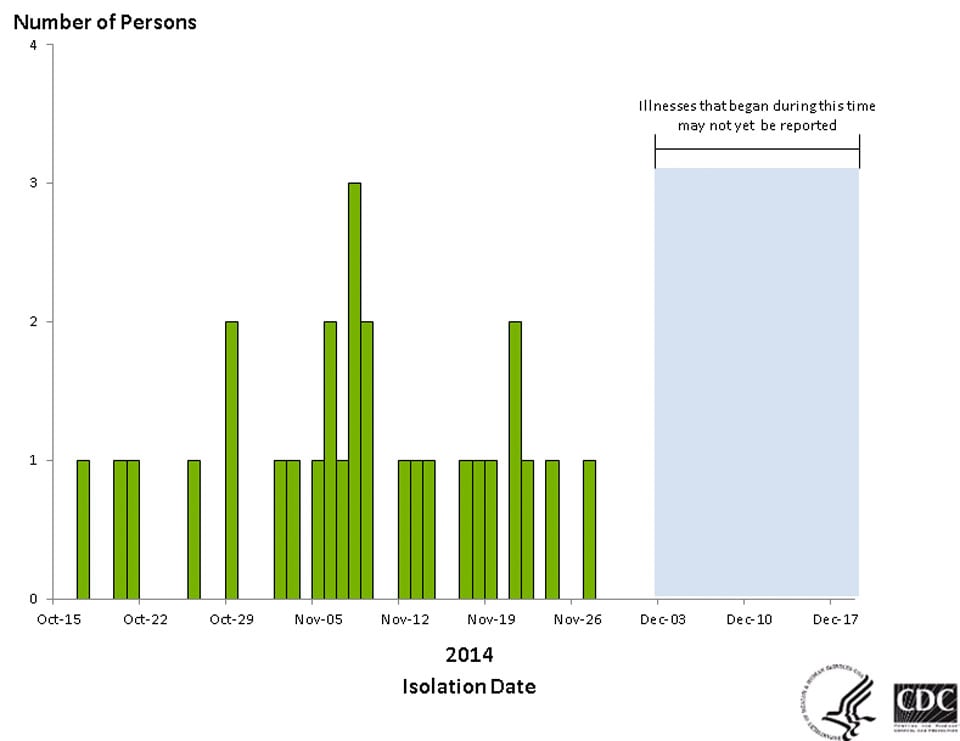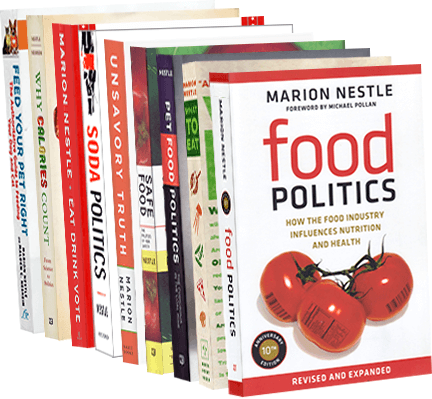Happy holidays but watch out for packaged caramel apples. They may have Listeria.
It may be the season to be jolly, but not with prepackaged commercial caramel apples. They may be contaminated with potentially fatal Listeria. Not good.
Out of an abundance of caution, CDC recommends that U.S. consumers do not eat any commercially produced, prepackaged caramel apples, including plain caramel apples as well as those containing nuts, sprinkles, chocolate, or other toppings, until more specific guidance can be provided.
As of December 18, 2014, a total of 28 people have been reported as infected with the outbreak strains of Listeria monocytogenes.
- Five people have died–from eating caramel apples.
- 26 have been hospitalized, in 10 states.
- Nine cases are in a pregnant woman or her newborn infant.
- Three children have meningitis.
- 83% of the 18 ill people said they ate commercially produced, prepackaged caramel apples.
- None of the 18 ill people said they ate plain apples, or plain caramel candy.
Here’s the Epi chart of reported cases:

Food safety attorney Bill Marler checked FDA records for previous recalls of apples potentially contaminated with Listeria. His list:
- December 11, 2014 – Giant Eagle issued a recall of Giant Eagle Apple Pistachio Salad and Apple Pistachio Salad with Chicken due to potential Listeria monocytogenes contamination. To date, Giant Eagle has received no reports of customer illnesses associated with this recall.
- November 14, 2013 – Crunch Pak® of Cashmere, Washington is voluntarily recalling 5,471 cases of Crunch Pak® Apple Slices due to a possible health risk from Listeria monocytogenes.
- November 7, 2013 – Garden-Fresh Foods has initiated an expansion of previous recalls of fresh ct vegetables, ready-to eat salads, slaws, dips and spreads.
- December 8, 2012 – Freshway Foods is voluntarily recalling 6,671 pounds of sliced apples.
- August 10, 2012 – Missa Bay, LLC, a wholly owned subsidiary of Ready Pac Foods, Inc., of Swedesboro, New Jersey is voluntarily recalling a total of 293,488 cases and 296,224 individually distributed units of fruit, vegetable, and sandwich products containing apples.
- August 6, 2012 – Reichel Foods, Inc. of Rochester, Minnesota is voluntarily recalling a limited amount of Dippin’ Stix Sliced Apples & Caramel with Peanuts.
The moral: when it comes to food safety, no food source is sacred.
Add this to your list of food safety hazards to avoid.
Have a food-safe holiday season!


